Overview
A 401(k) is an employer-sponsored retirement plan that allows employees to contribute a percentage (or fixed amount) of their salary to a designated retirement account.
With a 401(k), you control how your money is invested. Most plans offer a spread of mutual funds composed of stocks, bonds, and money market investments. A popular option tends to be target-date funds, a combination of stocks and bonds that gradually become more conservative as you reach retirement.
401(k) plans offer a good way for employees to save money for their futures, and for both employers and employees to save on taxes.
Pre-Tax Deferrals
Tax treatment is what makes 401(k) plans attractive to many people. Your pre-tax contributions are only taxable when you make a withdrawal, typically at retirement. The advantage here is that most people will be in a lower tax bracket in retirement compared with their working years, so you’ll typically pay a lesser amount in taxes.
Roth Deferrals
Roth contributions are made with after-tax money. That is, you elect to pay taxes up front when you make the contribution to your 401(k), rather than later when you withdraw the money at retirement. The advantage to Roth deferrals is that no taxes are paid upon withdrawal since you’ve already paid taxes upfront. Roth contributions are generally a good option for employees who expect to be in a higher tax bracket at retirement or for employees who want to diversify their sources of retirement income.
Why are they called “Roth” contributions? As a side note, the reason they are called Roth contributions is that the provision that enabled these after-tax contributions was named after Senator Bill Roth, who worked to get this legislation passed.
Savings Example (with Pre-Tax Contributions)
Let’s look at an example of the savings and tax benefits in a 401(k) plan.
|
Annual Income |
$50,000 |
|
Contribution Percentage |
5% |
|
Contribution Dollar Amount |
$2,500 |
|
Semi-Monthly Per Paycheck Contribution |
$107.17 |
|
Year-end Taxable Income Note it is not $50,000 because you actually reduced your taxable income by the amount you contributed to your 401(k) plan. |
$47,500 |
|
Marginal Tax Bracket |
25% |
|
Tax Savings on your Contribution |
$625 |
|
Actual Cost of your Contribution |
$1,875 |
In this example, you deposit $2,500 into your 401(k) plan, but it only actually costs you $1,875. That is because you paid $625 less in federal and state taxes than you otherwise would have if you hadn’t made the contribution to your 401(k).
Please note, the example provided is for illustrative purposes only. Actual tax savings will vary by individual.
The Power of Compounding
As your invested money earns a return, those earnings are added to your 401(k) account balance. As those monies remain invested in the future, they have the potential to grow even more in the future. When you add the element of time to the equation, the growth in your invested monies each year compounds over the years.
Withdrawal Rules
Generally, you can’t withdraw money from a 401(k) plan until you are at least 59 ½ years old or separate from employment.
Any cash withdrawals taken before age 59 ½ are subject to ordinary income taxes as well as an additional 10% early withdrawal penalty. There are some exceptions, however, including death, disability or a qualified domestic relations order following a divorce.
If you really need to take money out of your 401(k) before you reach retirement age, you may be able to take a loan from the plan. (Please note, plan provisions vary and not all plans allow for loans to be taken.) If you are able to take a loan, you are required to pay back the money (to your own 401(k) account) plus interest over a certain period. The biggest risk to this is that if you lose your job or terminate employment such that you are no longer an active employee, you must pay back the full loan immediately. Otherwise, the loan will be treated as an early withdrawal and subject to ordinary income taxes and the 10% penalty. Check out our article on Loans for more info.
Some plans allow for hardship withdrawals, but the rules governing this type of withdrawal are generally very restrictive. You would need to provide appropriate documentation to demonstrate your immediate and heavy financial needs. Read our article on Hardship Withdrawals for more info.
Remember, a 401(k) is a retirement plan, not a savings account, so be sure to save for immediate goals outside of your 401(k).
The information contained herein is not intended as financial, legal or tax advice, and may not be suitable as required by specific circumstances. Please consult your financial planner, attorney and/or tax adviser as needed.


